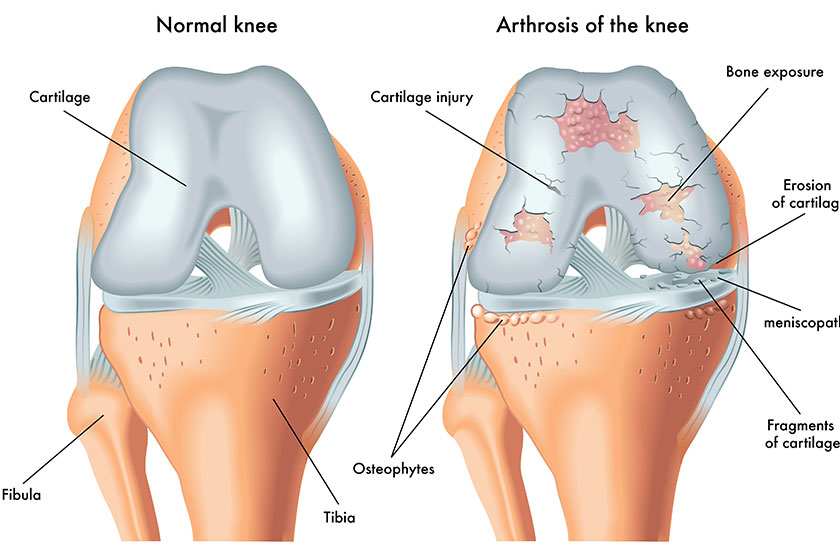Both rheumatoid arthritis and osteoarthritis cause joint stiffness and pain. They are both forms of arthritis but they have dissimilar treatments and causes. Here is what you need to know about the differences between osteoarthritis vs. rheumatoid arthritis. Continue reading the post below for more information.
Causes of Osteoarthritis vs. Rheumatoid Arthritis
Joints contain protective tissues that can prevent the bones from scraping against one another. For instance, cartilage sits over the bones to support the smooth joint movement. Arthritis damages this protective tissue but in osteoarthritis and rheumatoid arthritis, the causes of joint damage differ.
Rheumatoid arthritis is an autoimmune disease and it occurs when a person’s immune system attacks healthy tissues in the joints by mistake. When this happens, it releases enzymes that damage the joint linings which can lead to swelling, pain, and stiffness. Other symptoms may also develop.
Osteoarthritis involves the protective cartilage that wears down at a gradual pace. This causes the bones to rub together due to repetitive movements that place pressure on the joints. Bony growths that are known as bone spurs develop on the joints which end up becoming painful, stiff, and more difficult to move.
Symptoms of Osteoarthritis vs. Rheumatoid Arthritis
Both osteoarthritis and rheumatoid arthritis can cause some similar symptoms which include the following:
- Joint stiffness
- Joint pain
- Swelling (in rheumatoid arthritis, it is more severe)
- Restricted mobility
Both of these conditions have symptoms that can be worse in the morning. Both conditions cause stiffness in the morning or after someone has rested. However, in osteoarthritis, the stiffness usually fades within half an hour or less. In rheumatoid arthritis, the stiffness often lasts much longer than that.
The symptoms of rheumatoid arthritis may develop and deteriorate quickly and at times can be within several weeks. The symptoms of osteoarthritis, on the other hand, develop much more gradually as the protective tissues in the joints wear down at a gradual pace. Certain activities may cause a sudden worsening of the symptoms of osteoarthritis such as hiking which may cause severe knee swelling.
Both osteoarthritis and rheumatoid arthritis affect different joints in the body. Osteoarthritis most likely develops in the knees as well as the thumb and small finger joints. Rheumatoid arthritis develops in the fingers, hands, knees, elbows, hips, and feet, and most often than not, it happens in the same joints on both sides of the body. Osteoarthritis on the other hand only develops on one side of the body.
Osteoarthritis is localized and only impacts the joint and its surrounding areas. People who suffer from osteoarthritis may develop bone spurs or other abnormalities of the bone. Osteoarthritis that develops on the hands often causes the development of small lumps around the ends of the finger joints.
In rheumatoid arthritis, it can affect multiple joints and cause swelling, tenderness, and stiffness. In addition, nodules may also develop around the affected joints. Rheumatoid arthritis is systemic instead of localized, hence it may also cause a fever, fatigue, inflammation beyond the joints, and weight loss.






